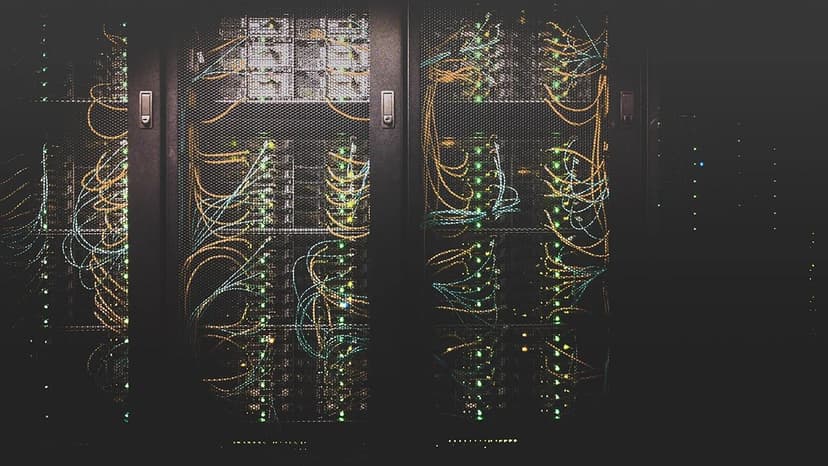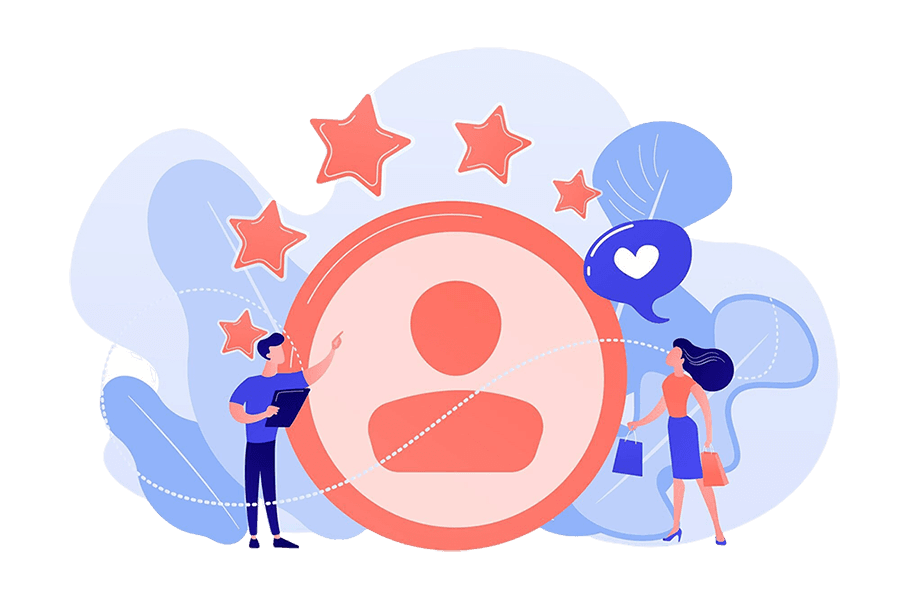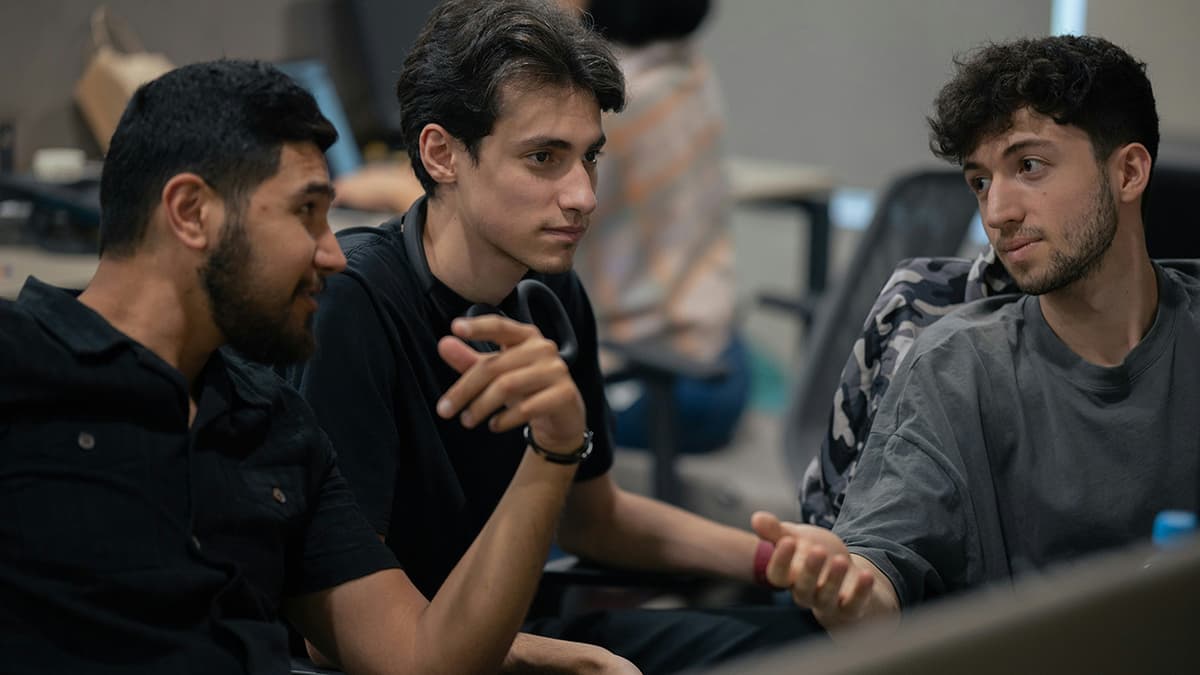How Does AI Actually Reason and Generate Answers?
You've probably interacted with an AI, maybe a chatbot or a writing assistant. You give it a prompt, and it starts producing text, sometimes long passages, that seem to follow a logical train of thought. This raises a fascinating question: how does it actually reason or think to keep generating words, one after another, in a way that makes sense? It's not magic, but a clever process based on patterns and probabilities learned from huge amounts of information. Let's break down how this happens.
Words Broken Down: The World of Tokens
First, we need to talk about "tokens." When an AI processes language, it doesn't usually look at whole words directly. Instead, it breaks text down into smaller pieces called tokens. A token might be a whole word like "apple," or part of a word like "run" and "ning" in "running," or even just a punctuation mark like "," or "?".
Think of it like building with LEGO bricks. You don't just have giant pre-built structures; you have smaller, standard bricks (tokens) that you can combine in countless ways to build something complex (sentences, paragraphs, entire articles). The AI works with these tokens. When you give it text, it first converts your input into a sequence of tokens. When it generates text, it produces a sequence of tokens, which are then assembled back into readable words and sentences. This token system makes handling language more manageable for the machine.
Predicting the Next Piece: Probability is Key
The main job of many language AIs is surprisingly simple at its core: predict the next most likely token. Given a sequence of tokens, the AI calculates the probability for every possible token in its vocabulary (which can be tens of thousands of tokens large) being the very next one.
Let's use a simple example. Suppose the AI has generated the tokens corresponding to "The fluffy cat sat on the". What comes next? Based on the massive amount of text it was trained on, the AI calculates the probabilities.
- "mat" might have a very high probability.
- "chair" might have a slightly lower, but still high, probability.
- "roof" might have a lower probability.
- "philosophy" would likely have an extremely low probability.
The AI typically chooses the token with the highest probability, or it might sometimes pick from a small group of high-probability tokens to introduce a bit of variety. Let's say it picks "mat". Now the sequence is "The fluffy cat sat on the mat".
What happens next? The process repeats! The AI now looks at this new, slightly longer sequence ("The fluffy cat sat on the mat") and calculates the probabilities for the next token. Maybe "." (period) has the highest probability, ending the sentence. Or perhaps a word like "and" gets chosen, leading the AI to continue the thought.
Learning from the Past: The Power of Training Data
How does the AI know that "mat" is more likely than "philosophy" after "The fluffy cat sat on the"? It learns these patterns from its training data. AI models, especially Large Language Models (LLMs), are trained on enormous datasets – text from websites, books, articles, and other sources. This could be billions or even trillions of words.
During training, the model analyzes this text, constantly learning which tokens tend to follow other sequences of tokens. It's essentially building a gigantic statistical map of language. It learns grammar, facts (as represented in the text), common word associations, typical sentence structures, and even some reasoning patterns, all by observing how tokens are arranged in the training material. It doesn't know what a cat is, but it knows that the token sequence for "cat" often appears near tokens for "fluffy," "sat," "mat," "purr," and so on.
The training process adjusts the internal workings of the AI (often called its parameters or weights) so that its predictions about the next token become increasingly accurate compared to the real text it's learning from. After extensive training, it becomes very good at guessing the next token in a sequence.
The Chain Reaction: Generating Text as "Thinking"
This continuous process of predicting the next token, adding it to the sequence, and then using the new sequence to predict the following token is how the AI generates text. This step-by-step generation is what can look like a thinking process or reasoning.
Each new token generated is influenced by all the tokens that came before it in that specific output sequence, plus the initial prompt you provided. The prompt sets the initial context, and each generated token adds to that context, guiding the prediction of subsequent tokens.
If you ask the AI to "Explain photosynthesis," it starts generating tokens based on that input. It might predict "Photosynthesis" then "is" then "the" then "process". Each choice is based on the sequence built so far. Because its training data contained countless explanations of photosynthesis, it can reproduce the patterns found in those explanations, generating a sequence of tokens that forms a coherent description. It's following the statistical trails left in its training data.
This chain generation allows the AI to perform tasks that seem to require reasoning:
- Answering questions: It predicts the sequence of tokens most likely to follow your question, based on similar question-answer pairs in its training data.
- Summarizing text: It predicts tokens that form a shorter sequence capturing the main points of the original text sequence it was given.
- Writing stories: It predicts tokens that follow narrative conventions learned from fictional texts in its data.
Context is Everything
The sequence of tokens generated so far (the context) is crucial. Changing even one token early on can send the generation process down a completely different path because the probabilities for the next token will change. This is why AIs can give different answers if asked the same question twice, especially if randomness (picking from top few probable tokens instead of always the most probable) is introduced.
The AI maintains an internal representation of this context, often limited by a "context window" – the maximum number of preceding tokens it can consider when making the next prediction. Longer context windows generally allow for more coherent and relevant long-form text generation, as the AI can "remember" information from earlier in the conversation or text.
Why It Seems Intelligent (But Isn't Conscious)
The result of this token-by-token prediction, guided by learned statistical patterns, often appears remarkably intelligent. The AI can construct grammatically correct sentences, stay on topic, connect ideas, and sometimes even display creativity. This happens because human language itself contains structure, logic, and patterns of reasoning. By learning to predict token sequences accurately based on human-generated text, the AI indirectly learns to mimic these structures and patterns.
It is important to recognize what this process is not. The AI does not have beliefs, feelings, consciousness, or genuine comprehension in the human sense. It's not accessing a knowledge base and logically deducing an answer like a person might. It is executing a highly sophisticated pattern-matching function: "Given this sequence of tokens, what token is statistically most likely to come next based on the data I was trained on?" The reasoning we perceive is an emergent property of this predictive process operating over learned linguistic patterns. It's a simulation of reasoning based on data, not genuine cognition.
Putting It All Together
So, AI reasoning, particularly in language models, isn't about conscious thought. It's about breaking language into tokens and using probabilities learned from vast datasets to predict the next token in a sequence. This prediction process repeats, adding one token at a time, creating a chain of tokens that forms sentences and paragraphs. The coherence and apparent logic emerge because the AI has learned the statistical patterns of human language, including the patterns that reflect how humans reason and structure information in writing. It keeps "talking" because its core function is to keep predicting the next most likely token based on the sequence it has built so far, continuing the chain until it reaches a natural stopping point or a predefined limit.












